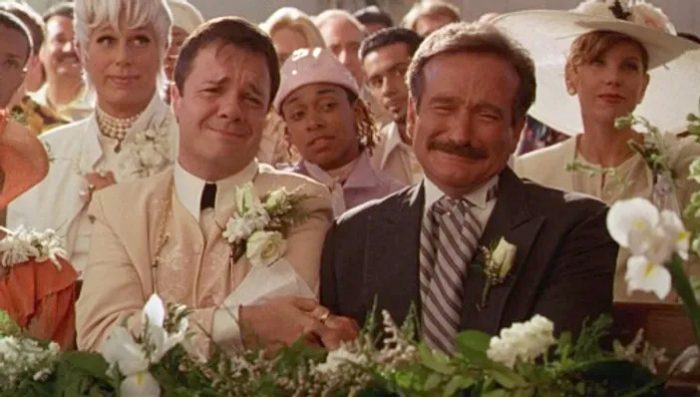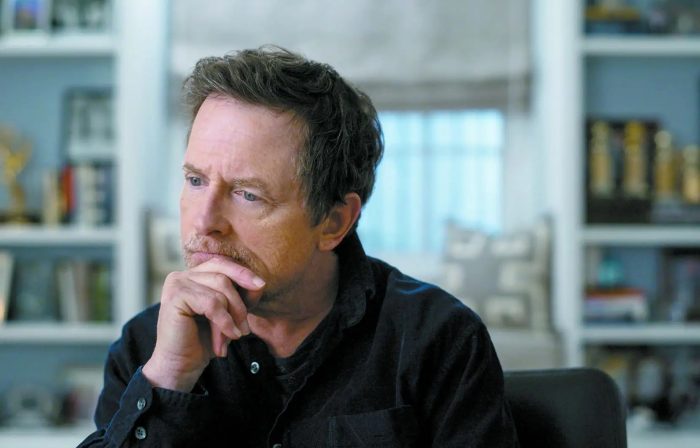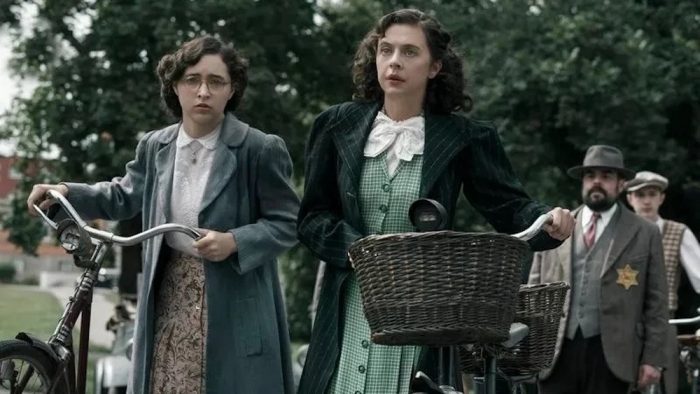By Tim Haggerty & Jeffrey Sanzel
This summer’s cinematic offerings range from blockbusters to independents, with Hollywood stars intermingled with well-known character actors and a handful of up-and-coming personalities.
Indiana Jones and the Dial of Destiny
First up is the fifth installment of the Indiana Jones franchise: Indiana Jones and the Dial of Destiny. Three decades in, Harrison Ford continues his adventures three decades in as the titular professor of archeology, Dr. Henry Walton Jones, Jr. Approaching retirement, Indy must don his hat and pick up his whip once more to make sure an ancient and powerful artifact, the Antikythera, doesn’t fall into the wrong hands. Phoebe Waller-Bridge plays his goddaughter.
Rated PG-13 · Release date June 30
Insidious: The Red Door
Patrick Wilson makes his feature directorial debut with The Red Door. Wilson and Rose Byrne appear in this last entry of the Insidious run, in which the original Lambert family attempts to (finally?) exorcise the demons plaguing them. (As with most horror movies of this ilk, demons surprisingly can be resurrected by decent box office returns.)
Rated PG-13 · Release date July 7
Joy Ride
Joy Ride stars Oscar-nominated Stephanie Hsu (Everything Everywhere All at Once) joins Ashley Park, Sherry Cola and Sabrina Wu in a buddy comedy about a quartet of friends who embark on a trek across Asia to help one of their group search for her birth mother. Directed and co-written by Adele Lim (Crazy Rich Asians).
Rated R · Release date July 7
Mission: Impossible 7
Ving Rhames, Simon Pegg, and Rebecca Ferguson join headliner Tom Cruise in Mission: Impossible—Dead Reckoning, Part One. Ethan Hunt (Cruise) and his team embark on “their most dangerous mission,” tracking down a weapon that threatens humanity in this action-franchise. The claim is that Dead Reckoning, Part Two (due out June 28, 2024) will be the final chapter.
Rated PG-13 · Release date July 12
Theater Camp
Budding thespians are the target of the satirical Theater Camp which follows the eccentric staff of a rundown theatre camp in upstate New York as they come together with a less-than-theatrically-inclined member of the camp family to keep the program going following the sudden absence of the beloved founder with Dear Evan Hansen’s Ben Platt playing a counselor guiding the campers in their summer’s big show.
Rated PG-13 · Release date July 14
Oppenheimer
Christopher Nolan’s Oppenheimer promises to be a dark, powerful, and cutting-edge biopic of the scientist J. Robert Oppenheimer, chronicling his work on the atomic bomb and the repercussions on his professional and personal lives. Cillian Murphy plays Oppenheimer, supported by an extraordinary cast: Emily Blunt, Matt Damon, Robert Downey Jr., Kenneth Branagh, Florence Pugh, Benny Safdie, Gary Oldman, Rami Malek, and Josh Hartnett.
Rated R · Release date July 21
Barbie
Possibly the most anticipated release is Greta Gerwig’s Barbie. With an all-star cast—Margot Robbie, Ryan Gosling, Kate McKinnon, Issa Rae, Will Ferrell, Dua Lipa and many others—the meta-comedy shows a particular Barbie (Robbie) and Ken (Gosling) as they venture into the real world. If the trailers reflect the finished production, it should be one of the summer’s best.
Rated PG-13 · Release date July 21
Haunted Mansion
Haunted Mansion is Disney’s latest foray into bringing amusement park rides to the big screen. A woman and her son enlist a motley crew of so-called spiritual experts to help rid their home of supernatural squatters. All -star cast includes LaKeith Stanfield, Danny DeVito, Owen Wilson, Rosario Dawson, Jared Leto, Winona Ryder, Tiffany Hadish and Jamie Lee Curtis.
Rated PG-13 · Release date July 28
Talk to Me
The Australian horror film Talk to Me was a hit at the Sundance Film Festival and has already garnered excellent reviews. The traditional plot centers on friends who unwittingly unleash malevolent forces when conjuring spirits with an embalmed hand.
Rated R · Release date July 28
TMNT: Mutant Mayhem
The Teenage Mutant Ninja Turtle phenomenon returns with Teenage Mutant Ninja Turtles: Mutant Mayhem. The movie’s revival is due to longtime fans Seth Rogen and Evan Goldberg and is computer animated feature emphasizing the “teenage” element of the original comics.
Rated PG-13 · Release date August 2
Strays
Will Ferrell leads an all-star voice cast (Jamie Foxx, Isla Fisher, Josh Gad, Will Forte, Sofia Vergara) in the adult live-action animal adventure Strays. A naive border terrier (voice of Ferrell), abandoned by his deadbeat owner, decides to trek back home to exact his revenge.
Rated R · Release date August 18
Blue Beetle
Those seeking a superhero infusion will embrace Blue Beetle. Cobra Kai’s Xolo Maridueña plays the title character in this DC origin story about a recent college grad who becomes possessed by the Scarab, an ancient alien biotechnological relic, which turns him into the Blue Beetle. With Susan Sarandon and George Lopez.
Not Rated · Release date August 18
Bottoms
After her dark comedy Shiva Baby, director Emma Seligman’s sophomore outing is Bottoms. Seligman reunites with Shiva Baby’s Rachel Sennott for this teen sex comedy in which two high school seniors create a fight club so they can hook up with cheerleaders.
Not Rated · Release date August 18
Brief Encounters
Brief Encounters is the summer’s most unusual opening. Filmed in 1967, the movie was banned in the Soviet Union and is finally getting its formal American release. Romanian-born director Kira Muratova (generally identified as Ukranian) sets a romantic triangle amid the casual shortages and shoddy apartments of professional-class Odessa.
Not Rated · Release date August 25
With a mix of comedy, drama, thriller, and pure escape—along with the usual sequels—summer 2023 promises something for every filmgoer.
This article originally appeared in Summer Times, TBR News Media’s seasonal guide supplement.



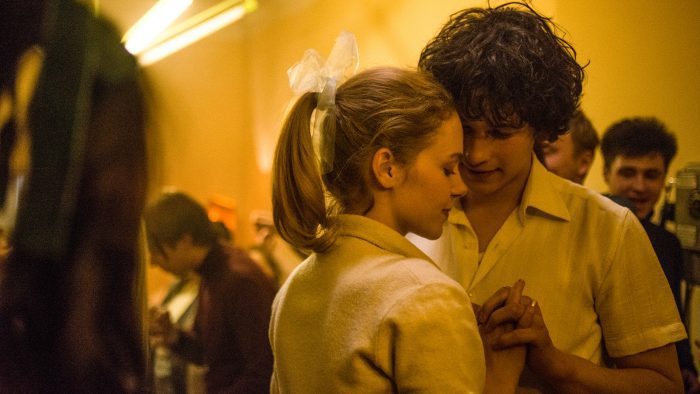
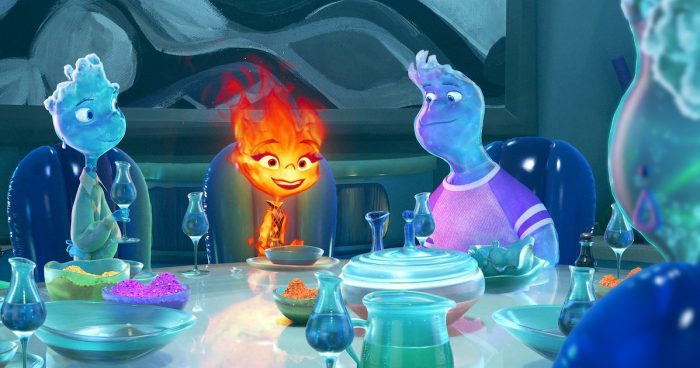
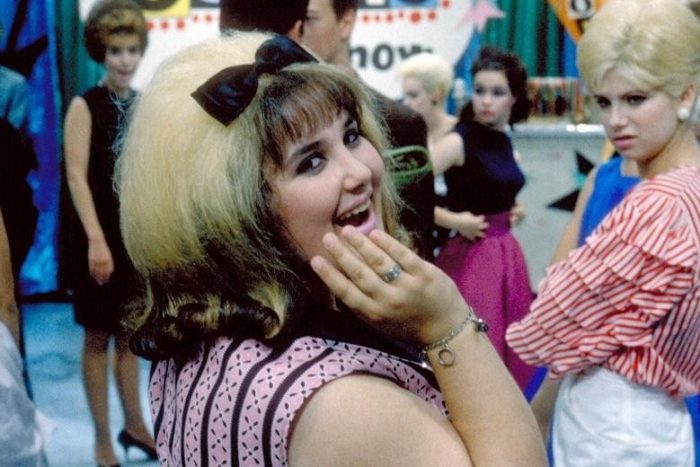
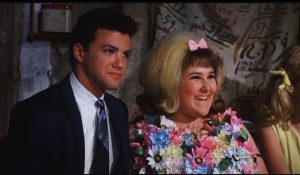
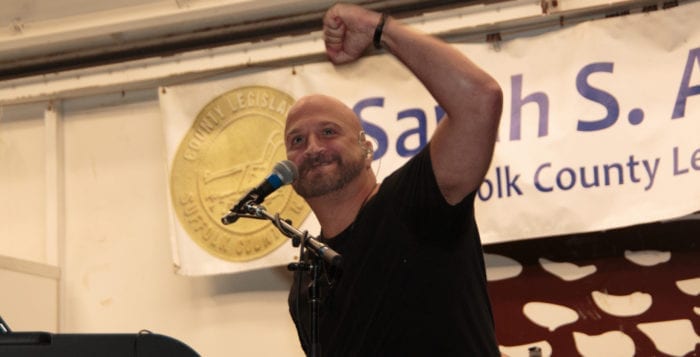
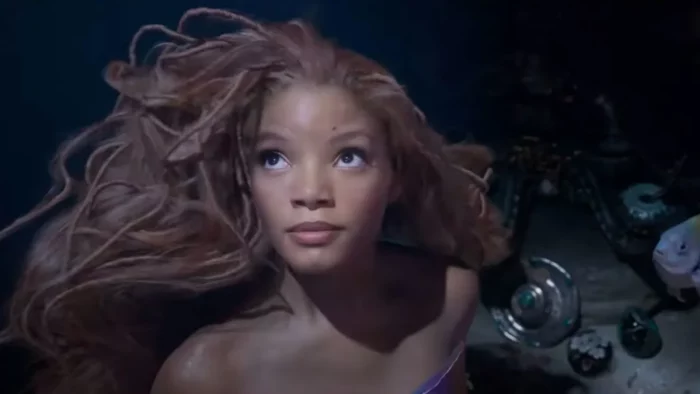
 The 2008 Broadway musical, with a book by Douglas Wright, limped through a year-and-a-half run but found more success in regional, community, and school productions. In 2019, The Wonderful World of Disney broadcast The Little Mermaid Live, an interesting hybrid, where the film was projected and interwoven with live musical performances.
The 2008 Broadway musical, with a book by Douglas Wright, limped through a year-and-a-half run but found more success in regional, community, and school productions. In 2019, The Wonderful World of Disney broadcast The Little Mermaid Live, an interesting hybrid, where the film was projected and interwoven with live musical performances.


